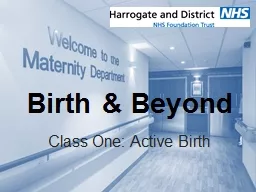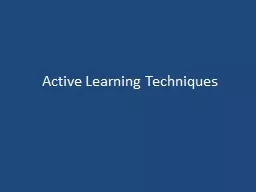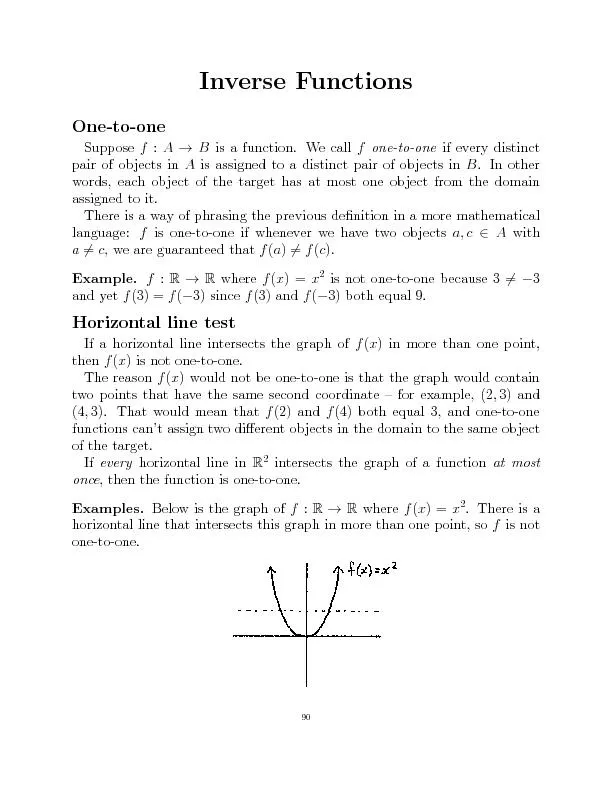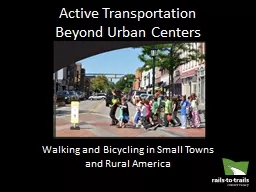PPT-Birth & Beyond Class One: Active Birth
Author : SugarPlum | Published Date : 2022-08-01
FYI We hope you find these modified presentations of help in the current situation of being able to provide Parent Education classes You can find lots of information
Presentation Embed Code
Download Presentation
Download Presentation The PPT/PDF document "Birth & Beyond Class One: Active Bir..." is the property of its rightful owner. Permission is granted to download and print the materials on this website for personal, non-commercial use only, and to display it on your personal computer provided you do not modify the materials and that you retain all copyright notices contained in the materials. By downloading content from our website, you accept the terms of this agreement.
Birth & Beyond Class One: Active Birth: Transcript
Download Rules Of Document
"Birth & Beyond Class One: Active Birth"The content belongs to its owner. You may download and print it for personal use, without modification, and keep all copyright notices. By downloading, you agree to these terms.
Related Documents














